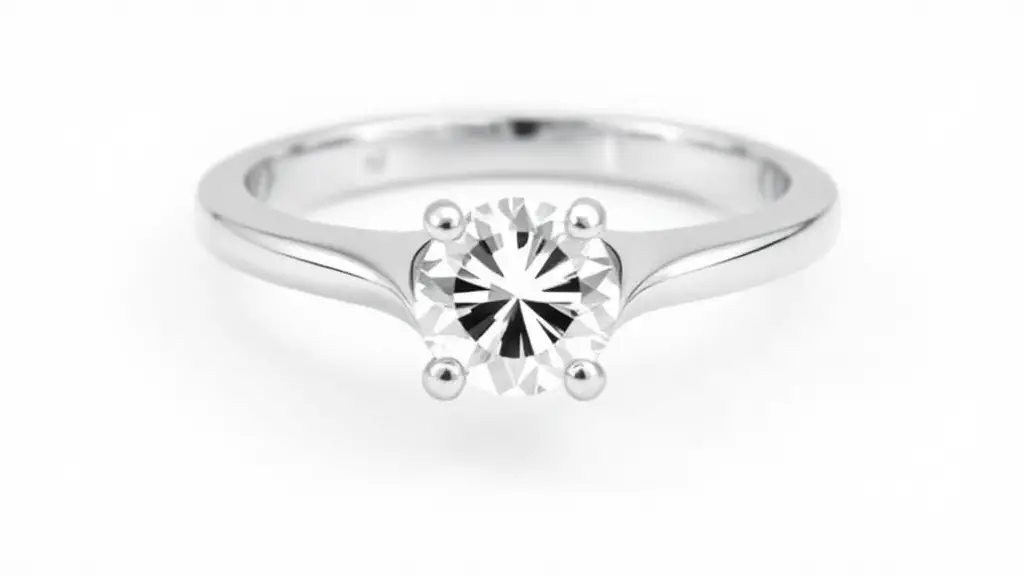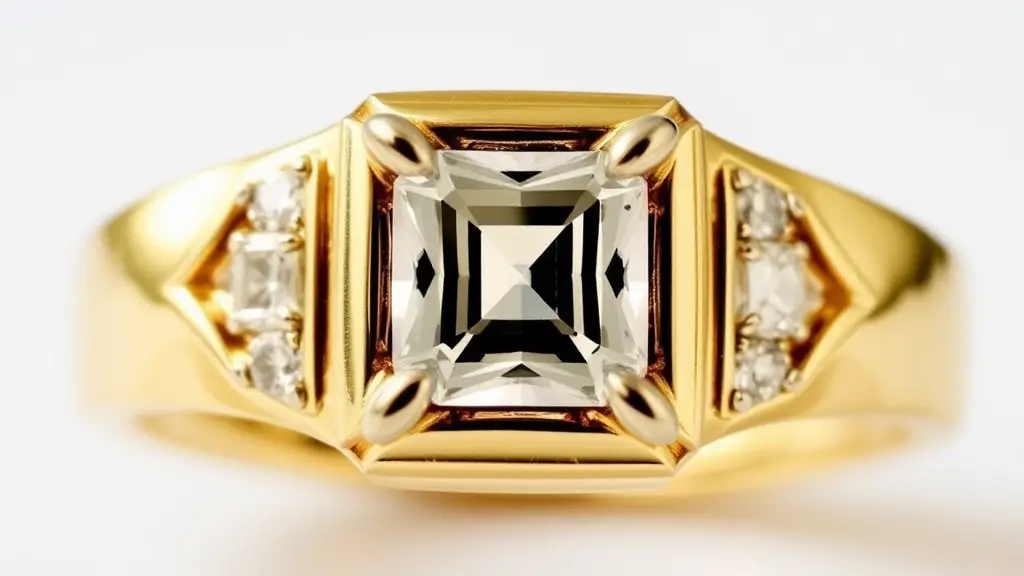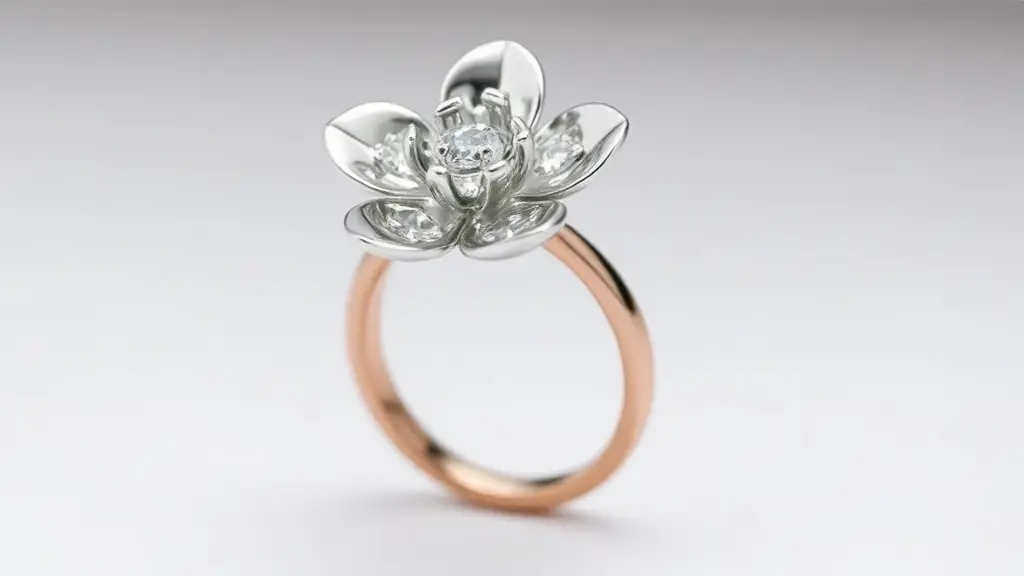Gold used in the jewelry industry is actually an alloy of gold and other metals. This is mainly due to the fact that pure gold is a material that is too soft. The addition of ligatures makes it possible to achieve certain chemical and physical properties, making the noble metal suitable for making jewelry that is resistant to deformation. Ligatures also affect the color of the alloy. Depending on the proportion in which they were added to gold, you can get an alloy of different colors.
The exact composition of the alloy is determined by GOST 30649-99 and GOST P 51152-98, which regulate the proportions of metals added to gold. Alloys are labeled with letters and numbers. Gold is labeled as “Zl”, silver as “Sr”, Copper as “M”, zinc as “Ts”, platinum as “Pl”, Palladium as “Pd”, and nickel as “N”. The number denotes the % of impurities added. For example, gold ZlSrM 585-80 is 585 gold, with 8% silver and 33.5% copper added.
The most common colors of gold
In the jewelry industry, white, yellow and red gold are the most popular.
White gold

Figure 1. White gold
Silver, platinum, palladium, nickel, zinc and other additives are used to brighten the sun metal. The grades and compositions of white gold.
| Grade | Sample | Fe% | Ni% | Cu | B% | Pb% | Zn% | Ag% | O% | Sb% | Bi% | Cd% | Au% | Pd% |
| ZlSrPd585-255-160 | 585 | up to 0.15 | – | – | – | up to 0.005 | – | 25 – 26 | up to 0.007 | up to 0.005 | up to 0.005 | – | 58.5 – 59 | 14.65 – 16.3 |
| ZlSrPdC585-287-100 | up to 0.15 | – | – | – | up to 0.005 | 0.95 – 3.63 | 28.2 – 29.2 | up to 0.007 | up to 0.005 | to 0.005 | – | 58.5 – 59 | 9.5 – 10.5 | |
| ZlSrPdKd585-280-100 | up to 0.15 | – | – | – | up to 0.005 | – | 27.5 – 28.5 | up to 0.007 | up to 0.005 | up to 0.005 | 1.65 – 4.33 | 58.5 – 59 | 9.5 – 10.5 | |
| ZlSrNC750-150-7.5 | 750 | up to 0.15 | 7 – 8 | – | – | up to 0.005 | 0.65 – 3.33 | 14.5 – 15.5 | up to 0.007 | up to 0.005 | up to 0.005 | up to 0.005 | 75 – 75.5 | – |
| ZlSrPd750-100-150 | up to 0.15 | – | – | – | up to 0.005 | – | 9.5 – 10.5 | up to 0.007 | up to 0.005 | to 0.005 | – | 75 – 75.5 | 13.65 – 15.33 | |
| ZlSrPdN750-90-140 | up to 0.15 | 0.15 – 2.83 | – | – | up to 0.005 | – | 8.5 – 9.5 | up to 0.007 | up to 0.005 | to 0.005 | – | 75 – 75.5 | 13.5 – 14.5 | |
| ZlSrPdN750-70-140 | up to 0.15 | 2.15 – 4.83 | – | – | up to 0.005 | – | 6.5 – 7.5 | up to 0.007 | up to 0.005 | to 0.005 | – | 75 – 75.5 | 13.5 – 14.5 | |
| ZlSrPdNKd750-90-85-4 | up to 0.15 | 3.5 – 4.5 | – | 0.008 – 0.04 | up to 0.005 | – | 8.5 – 9.5 | up to 0.007 | up to 0.005 | up to 0.005 | 1.11 – 4.82 | 75 – 75.5 | 8 – 9 | |
| ZlNCM750-7.5-2.5 | up to 0.15 | 7 – 8 | 13.25 – 15.73 | – | up to 0.005 | 2.1 – 2.9 | – | to 0.007 | up to 0.005 | to 0.005 | – | 75 – 75.5 |
Yellow gold

Figure 2. Yellow gold
Yellow gold is considered the most classic variant. The following compositions have a traditional yellow color without tints.
| Grade | Sample | Fe% | Ni% | Cu | Pb% | Zn% | Ag% | O% | Sb% | Bi% | Au% | Pt% |
| ZlSrM375-20 | 375 | up to 0.15 | – | 59.35 – 60.63 | up to 0.005 | – | 1.7 – 2.3 | up to 0.007 | up to 0.005 | up to 0.005 | 37.5 – 38 | – |
| ЗлСрНЦМ585-80-8.2-2.5 | 585 | up to 0.15 | 7.7 – 8.7 | 20.65 – 23.93 | up to 0.005 | 2.2 – 2.8 | 7.5 – 8.5 | up to 0.007 | up to 0.005 | up to 0.005 | 58.5 – 59 | – |
| ZlSrM750-125 | 750 | up to 0.15 | – | 11.15 – 12.83 | up to 0.005 | – | 12 – 13 | up to 0.007 | up to 0.005 | up to 0.005 | 75 – 75.5 | – |
| ZlSrM750-150 | up to 0.15 | – | 8.65 – 10.33 | up to 0.005 | – | 4.5 – 15.5 | up to 0.007 | up to 0.005 | up to 0.005 | 75 – 75.5 | – | |
| ZlSrPlM750-80-90 | up to 0.15 | – | 6.15 – 8.83 | up to 0.005 | – | 7.5 – 8.5 | up to 0.007 | up to 0.005 | up to 0.005 | 75 – 75.5 | 8.5 – 9.5 |
Red gold

Figure 3. Red gold
Red gold is considered to be especially popular in the Russian Federation and former CIS countries. The reason is quite simple: it was the red shade of gold that was produced during the Soviet era. At the chemical level, the shade of red gold is associated with the use of copper in a fairly large percentage of the composition. Red gold has the following compositions.
| Grade | Sample | Fe% | Cu | Pb% | Ag% | O% | Sb% | Bi% | Au% |
| ZlSrM375-100 | 375 | up to 0.15 | 51.15 – 52.83 | up to 0.005 | 9.5 – 10.5 | up to 0.007 | up to 0.005 | up to 0.005 | 37.5 – 38 |
| ZlSrM375-160 | up to 0.15 | 45.15 – 46.83 | up to 0.005 | 15.5 – 16.5 | up to 0.007 | up to 0.005 | up to 0.005 | 37.5 – 38 | |
| ZlSrM500-100 | 500 | up to 0.15 | 38.65 – 40.33 | up to 0.005 | 9.5 – 10.5 | up to 0.007 | up to 0.005 | up to 0.005 | 50 – 50.5 |
| ZlSrM585-80 | 585 | up to 0.15 | 32.15 – 33.83 | up to 0.005 | 7.5 – 8.5 | up to 0.007 | up to 0.005 | up to 0.005 | 58.5 – 59 |
| ZlSrM585-200 | up to 0.15 | 20.15 – 21.83 | up to 0.005 | 19.5 – 20.5 | up to 0.007 | up to 0.005 | up to 0.005 | 58.5 – 59 |
In addition to the basic colors we are accustomed to, gold can be yellow-green and green (similar to bottle glass), pink shade, cream color.
Striving for exclusivity, jewelers have also developed quite unexpected solutions. For example, blue gold, whose composition includes cobalt, steel and chrome. The exact proportions are still classified. Blue gold, known since the times of the Scythians, has gallium in its composition. Another secret recipe is related to purple gold, which is made by adding aluminum. Brown and black gold are obtained by processing the metal: in fact, the color is achieved due to the film on the surface of the product.
In what color gold diamonds look better
The traditional setting for diamonds is white gold. This trend was set as early as Tiffany’s, when in 1886 Charles Lewis Tiffan patented a white gold engagement ring model with a single diamond set with a crown of krappans. The white metal emphasizes the cold brilliance of the diamonds, and the setting and stone begin to work as one. But tinted diamonds can look great in yellow, red, pink or even green gold.